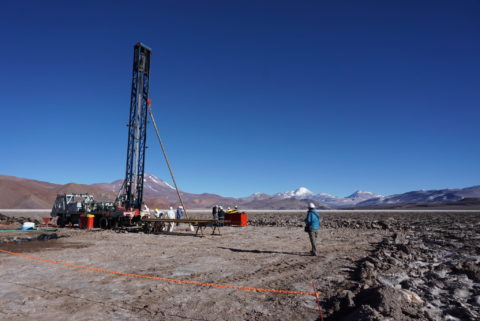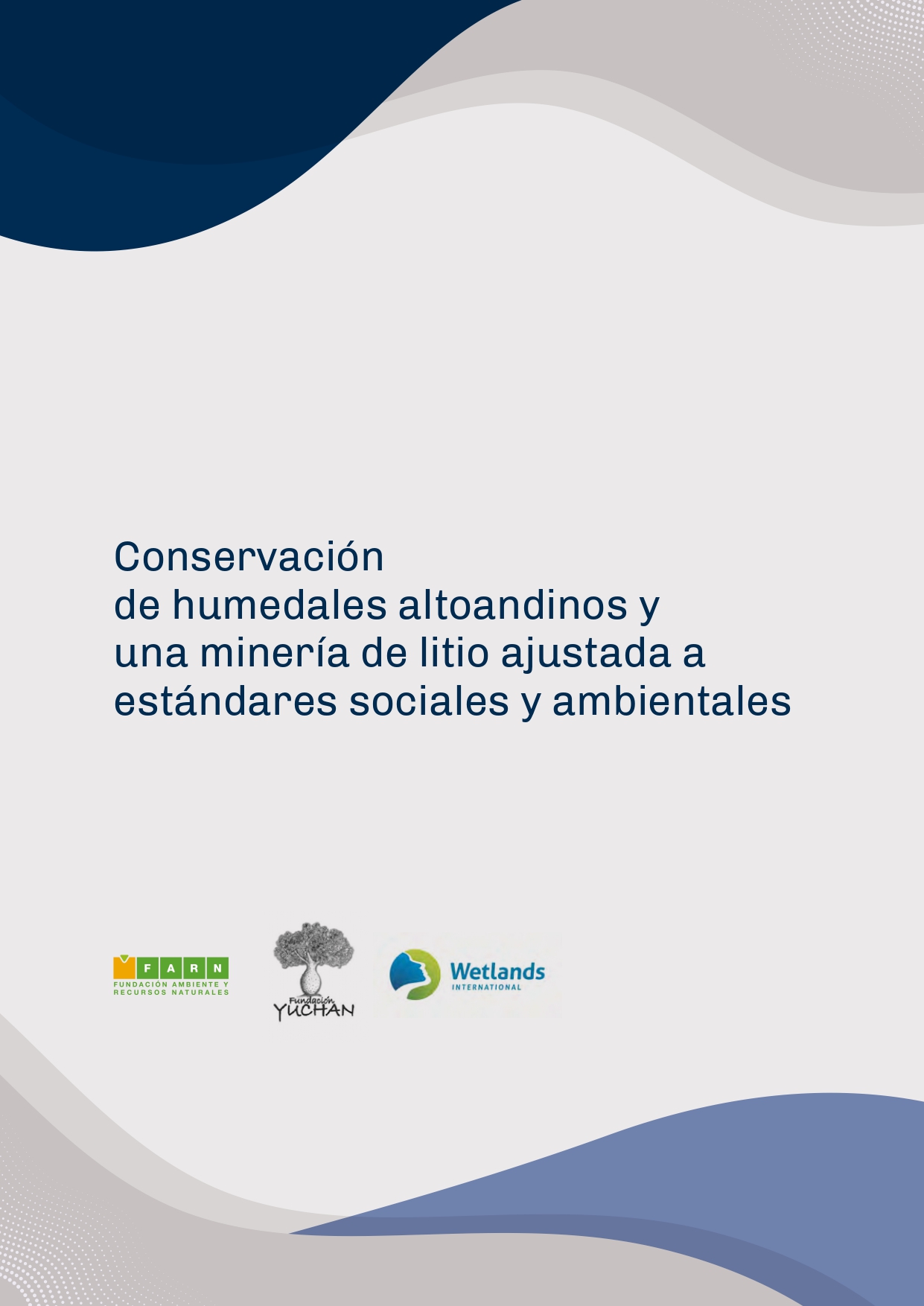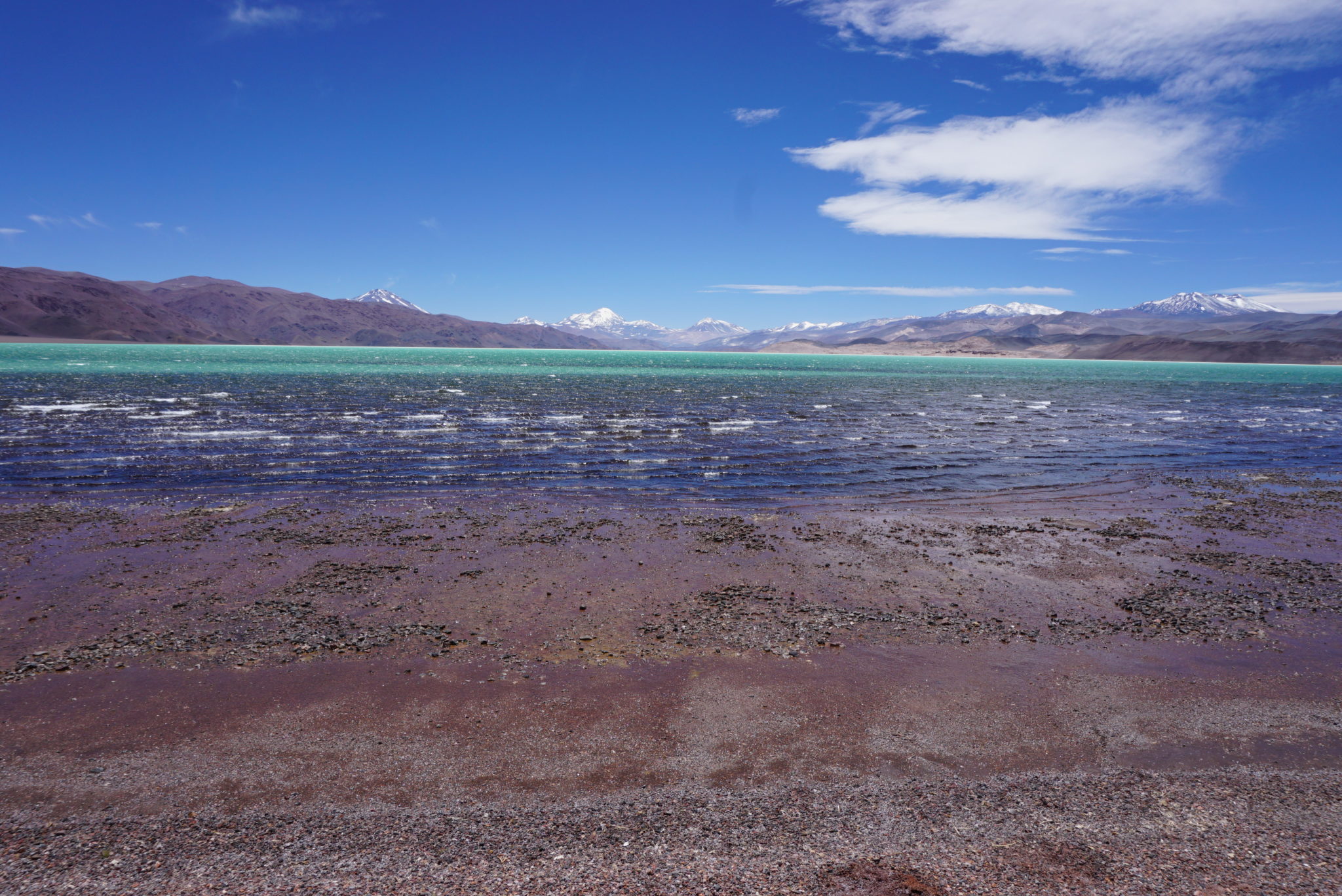
For a more responsible approach towards lithium mining in the High Andean wetlands
-
Programa Humedales Altoandinos
The High Andean wetlands, located in the heart of the Andean mountains at over 3,000 meters of altitude, are very valuable as a source of fresh water in a region where this resource is scarce. However, they are currently at risk due to the surge of water mining for lithium extraction. In this report from the programme “Saving High Andean Wetlands for People and Nature”, our goal is to emphasize the social, cultural, and environmental importance of these ecosystems to help guarantee their rational use.
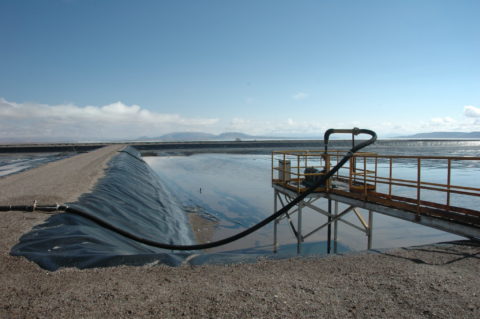
Located in the heart of the Andean mountains at over 3,000 meters of altitude, the High Andean wetlands are the mountains’ oases. These ecosystems are a source of fresh water, which is scarce in the region. They’re also responsible for the region’s unique biodiversity and provide resources on which local communities depend. Water mining for lithium extraction in the region is endangering them, which is why the Strategic Mining and Green Productive Development plans (Plan Estratégico Minero y Plan Desarrollo Productivo Verde) for Argentina should be tailored to avoid even larger environmental impacts.
Wetlands International / Fundación Humedales, together with the Environment and Natural Resources Foundation (Fundación Ambiente y Recursos Naturales, FARN), and the YUCHAN Foundation (Fundación para la Conservación de Yungas, Chaco y Andes), as part of the program “Saving High Andean Wetlands for People and Nature”, prepared a report that seeks to emphasize the social, cultural, and environmental importance of these ecosystems to help guarantee their rational use, due to the surge of water mining.
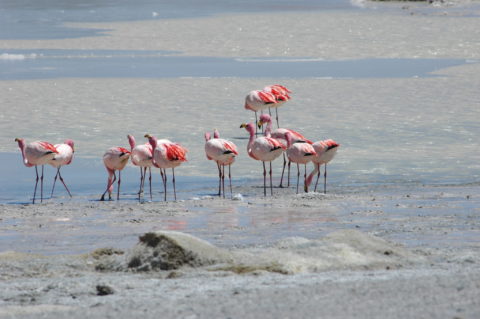
There are significant lithium reserves in the High Andean wetlands. Lithium is considered a strategic mineral for the energy transition from fossil fuels to renewable sources, as it is a key resource involved in the production of Lithium-ion batteries for electric cars, electronic appliances, and large storage devices.
The surge in lithium extraction has created a growing interest in the “Lithium Triangle”, the South American region that spans the borders of Argentina, Bolivia, and Chile, and has the largest resources of lithium in brine in the world.
Lithium can be found in the salt flats of the Argentinean northeast, a very arid region where water is scarce. Even though it is an economic opportunity that can offer an alternative for dealing with climate change, lithium extraction puts the High Andean wetlands at risk. These ecosystems are fragile and highly important because of their uniqueness.
Lithium extraction, and the evaporitic method, in particular, entails an enormous loss of water and leads to freshwater salinization. It also uses more water than the system is capable of replenishing. All of this affects the environment and the communities that depend on wetlands for their survival.
In our “Saving High Andean Wetlands for People and Nature” programme, we propose that lithium mining be bound to social and environmental standards that guarantee citizens’ rights to be informed and involved in the process.
We expand on these ideas in more detail in our document “Conservation of High Andean wetlands and lithium mining in compliance with social and environmental standards”. In this document, we review the main eco-hydrological features of the High Andean wetlands, and why they’re so important. We explain the environmental, social, and economic impact of lithium mining and its associated activities, and offer strategical planning tools for decision making connected to productive activities and environmental protection.
In our report, we also offer recommendations to national and provincial government officials, as well as local communities and businesses, on how to address the problems surrounding lithium extraction.
We firmly believe that local communities should receive free technical, environmental, and judicial counseling; that compliance with environmental protection laws should be ensured, and that Environmental Impact Assessment procedures be done properly.
Finally, we should note that this debate belongs squarely within the claim for a Wetlands Law. By definition, this law should encompass Argentina’s salt flats and include them within its regulatory oversight.
